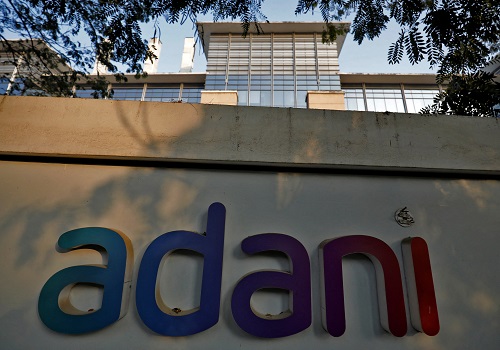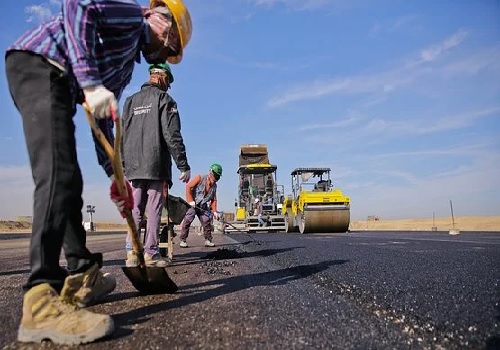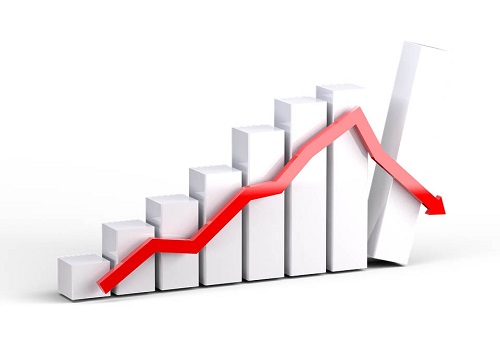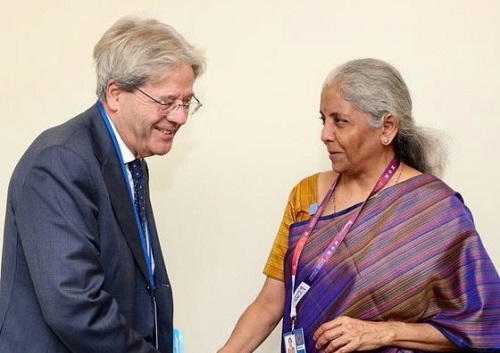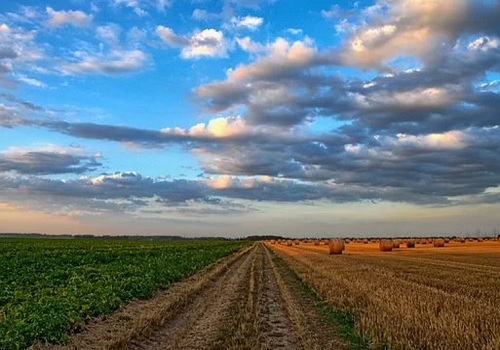Stressed assets of NBFC-MFIs dropped to 14% as of end-March 2022: Crisil Ratings
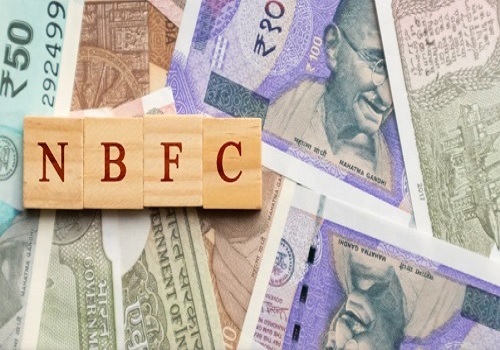
Follow us Now on Telegram ! Get daily 10 - 12 important updates on Business, Finance and Investment. Join our Telegram Channel
Crisil Ratings in its latest report has said that stressed assets of non-banking financial companies- microfinance institutions (NBFC-MFIs) are estimated to have declined to around 14 per cent as of March 2022 from close to 22 per cent in September 2021, helped by revival in the economy and limited impact of the omicron variant. It, however, said stressed assets of NBFC-MFIs, which comprise of 30 Portfolio at Risk (PAR) and loan book restructuring remains well above the pre-pandemic level of around 3 per cent.
It mentioned the reduction in stressed assets, along with improved collection efficiencies mark a recovery in the asset quality of NBFC-MFIs, supported by economic revival, limited impact of the omicron variant, and acclimatisation to the post pandemic 'new normal. The newly originated book (loans disbursed after July 2021) of NBFC-MFIs has demonstrated a steady performance, with 30 PAR estimated at just 1-2 per cent. Overall monthly collection efficiency was healthy at an average 97-100 per cent in the fourth quarter of last fiscal.
However, it stated foreclosures were higher in the last quarter of last fiscal. That, and the trend in the restructured book need close monitoring to assess incremental slippages. It also stated the microfinance sector restructured around 10 per cent of its loan book under the Resolution Framework 2.0 announced by the Reserve Bank of India (RBI) in the wake of the second Covid-19 wave, compared with a mere 1-2 per cent in the first. The extent of this varied between entities from 2 per cent to 17 per cent and had a strong correlation with the regional impact of the second wave, which had affected the informal economy and rural India more drastically than the first.

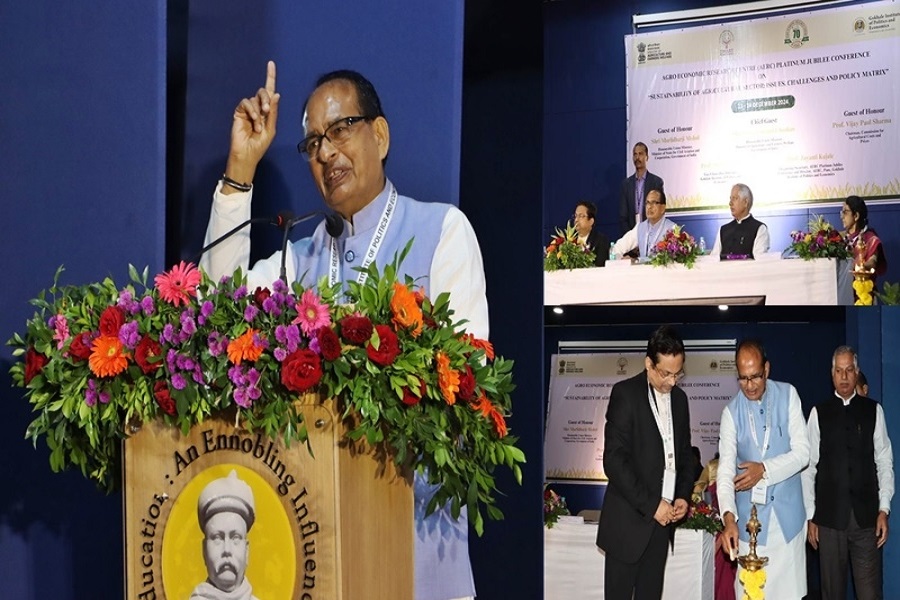


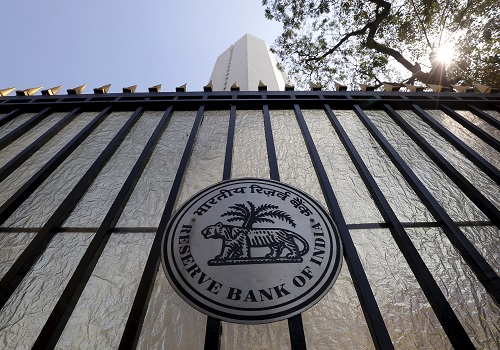

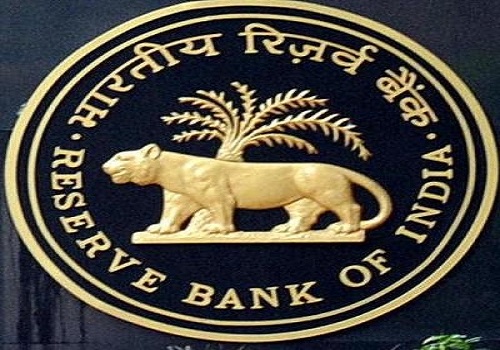





 320-x-100_uti_gold.jpg" alt="Advertisement">
320-x-100_uti_gold.jpg" alt="Advertisement">

